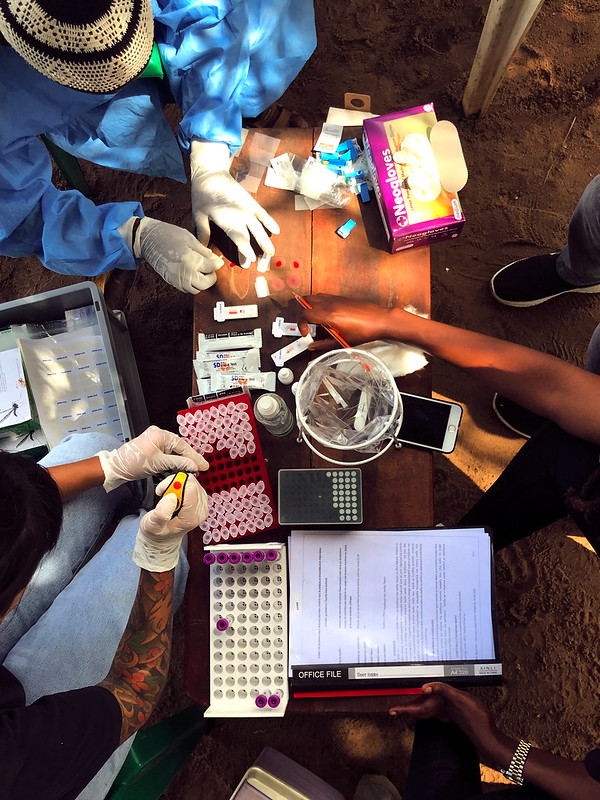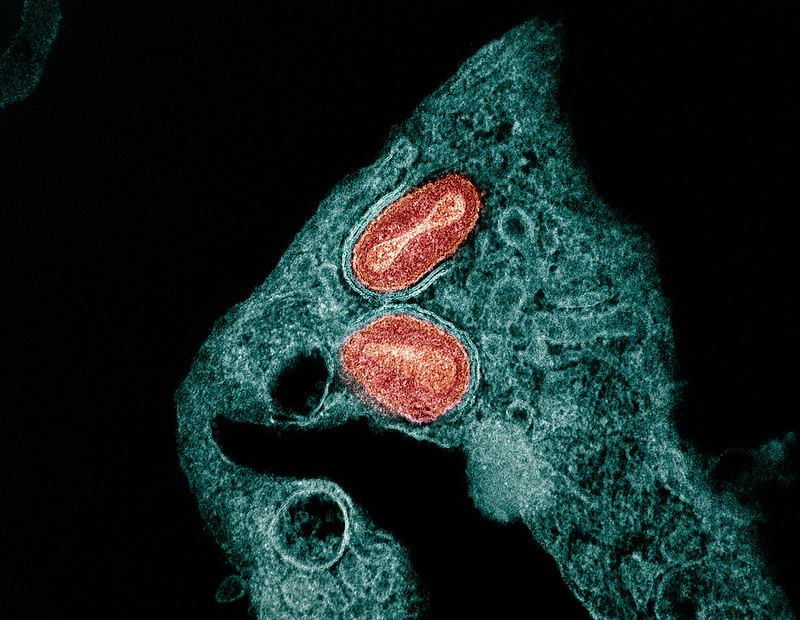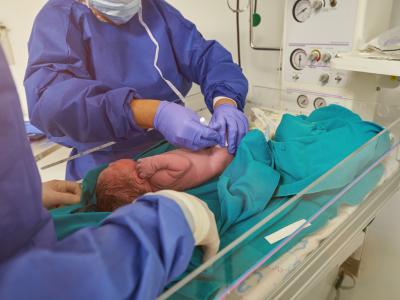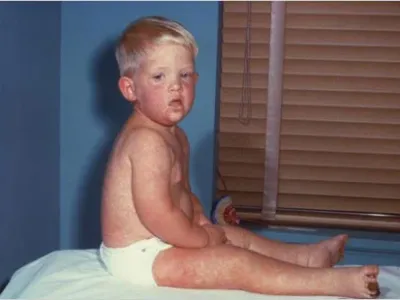
A report yesterday from the US Government Accountability Office (GAO) on federal response to medical countermeasure injury compensation claims—primarily about COVID and flu vaccines—reveals that, during the first few years of the COVID-19 pandemic, claims spiked to 27 times the typical number received, and less than 3% of the claims were eligible for compensation.
About half of the claims were related to COVID vaccination. The vast majority of money paid for claims, however—more than $6 million—was for harms tied to the H1N1 flu vaccine.
The Health and Human Services (HHS) Countermeasures Injury Compensation Program (CICP) review showed that the program received a surge of 13,333 injury claims, and 92 (2.6%) of the completed claims were eligible for compensation.
$6.5 million in compensation for H1N1 vaccine
To encourage the development of medical countermeasures like drugs and vaccines, the Public Readiness and Emergency Preparedness Act of 2005 limited the legal liability of manufacturers of certain countermeasures. It also authorized HHS to establish the CICP to compensate people who die or suffer serious physical injuries directly caused by these countermeasures.
The Health Resources and Services Administration (HRSA) within HHS made decisions on 25% of the total claims submitted as of June 2024 (the most recent data available); the remainder were under review or pending review. Of the 92 claims that completed the adjudication process, 52 (57%) were COVID-vaccine–related and 37 (40%) were for serious injuries caused by the H1N1 flu vaccine.
"HRSA paid roughly $6.5 million in compensation for eligible claims as of June 2024, with most of that amount for serious injuries, such as Guillain-Barré syndrome, caused by the H1N1 vaccine," the GAO report said. "About $400,000 was paid for injuries related to COVID-19 countermeasures, such as myocarditis (inflammatory heart condition)."
HRSA paid roughly $6.5 million in compensation for eligible claims as of June 2024.
Challenges HRSA experienced operating the CICP stem from staff shortages, outdated information systems to process claims, and limited medical and scientific evidence on which to base decisions about injuries or deaths. To address these challenges, the HRSA hired more staff and launched a web portal for online claims submissions, among other things, the GAO said.
















